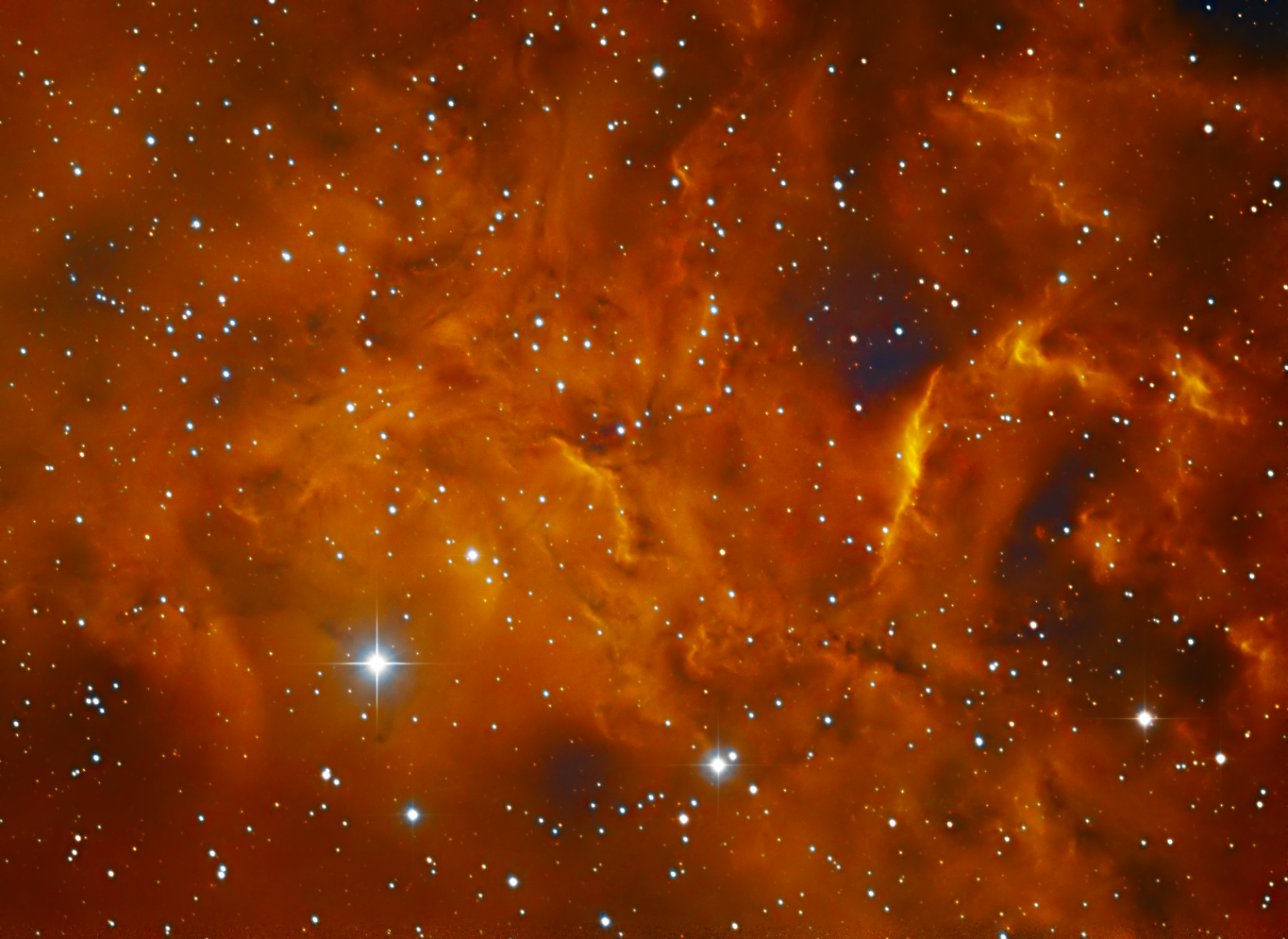
Similar Posts
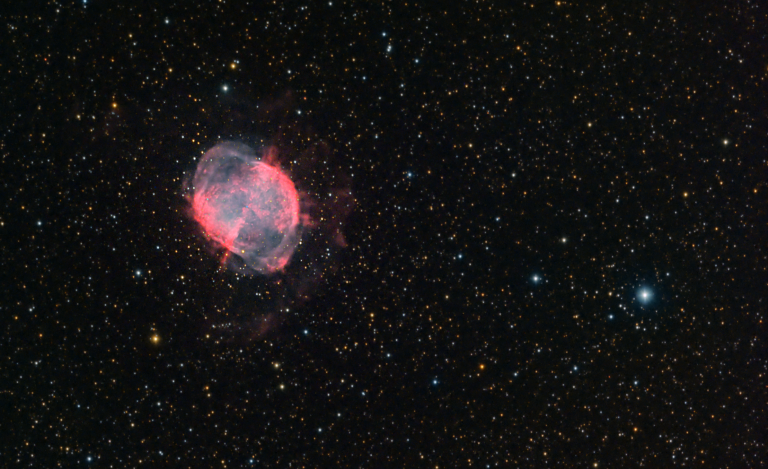
The Dumbbell Nebula
The Dumbbell Nebula (M27) is what’s called a planetary nebula – but it has nothing to do with a planet. This shell of gas was blown out by a dying star; once it started to run out of Hydrogen to burn, it expanded and blew out the gases you see here. The star then collapsed…
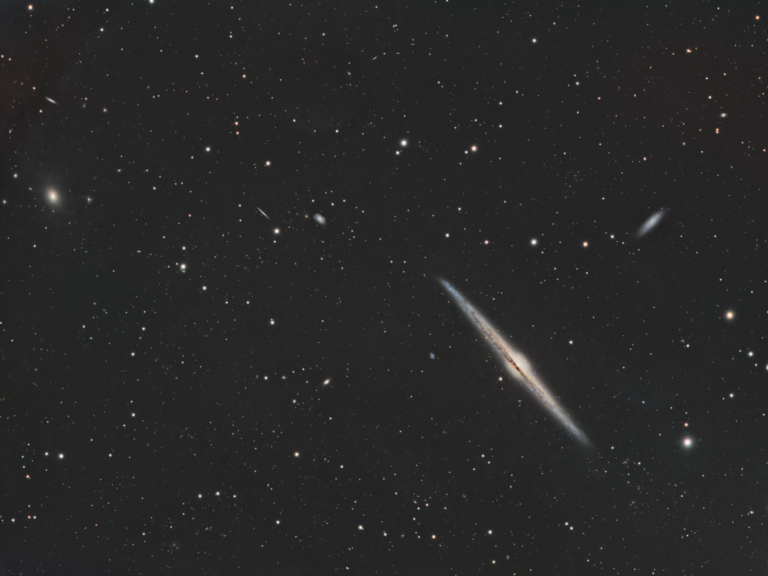
Revisiting the Needle Galaxy
This edge-on spiral is around 40 million light-years away within the constellation Coma Berenices. Lots of satellite and background galaxies to explore around it! Zoom in, and travel back in time – hundreds of millions of years.
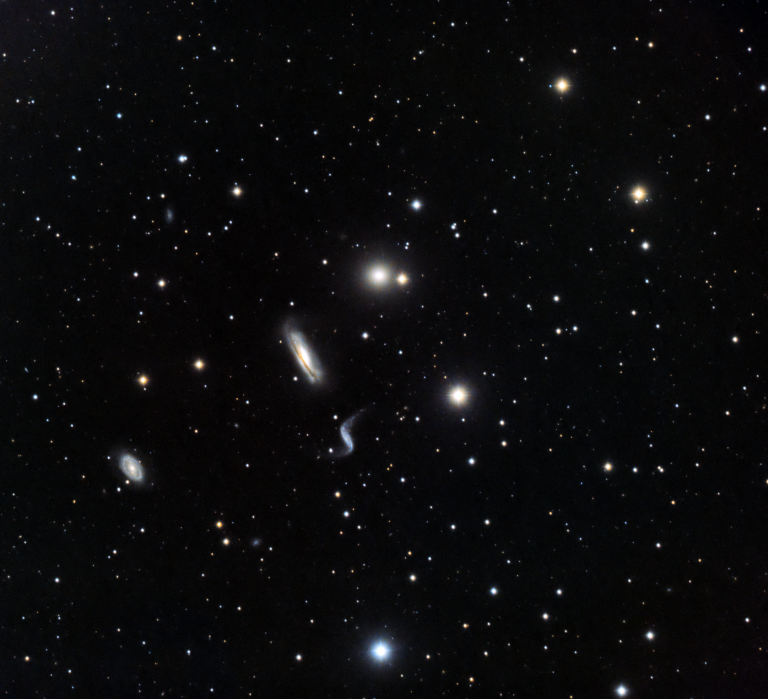
The Hickson 44 Galaxy Group
This is a weird little cluster of galaxies – there are four in all, and each one is completely different. There’s a weird, S-shaped one that must have been messed up by its neighbors in the past, a somewhat normal-looking spiral galaxy, and elliptical, and another one that’s viewed edge-on. Galaxies that have interacted with…
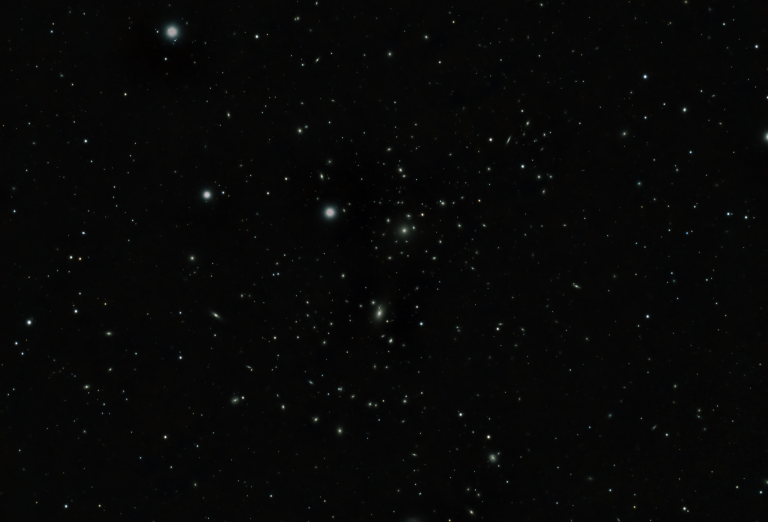
Coma Berenices Galaxy Cluster
AKA Abell 1656. There are tens of thousands of galaxies in this portion of the sky; almost everything in this image is an entire galaxy filled with hundreds of millions of stars. Whoah. And they’re hundreds of millions of light-years away. Click and zoom in to explore them all.
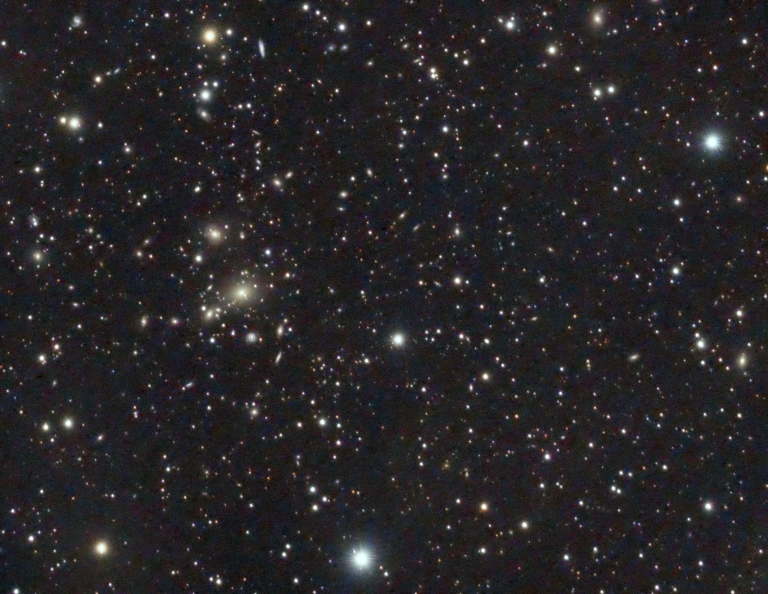
So. Many. Galaxies.
If you point your telescope outside of the Milky Way, you’re almost guaranteed to pick up very distant galaxies, because there are just so many of them out there. This patch of sky inside Cancer is a cluster of galaxies called Abell 671. If you click the image and look at it full size, you’ll…
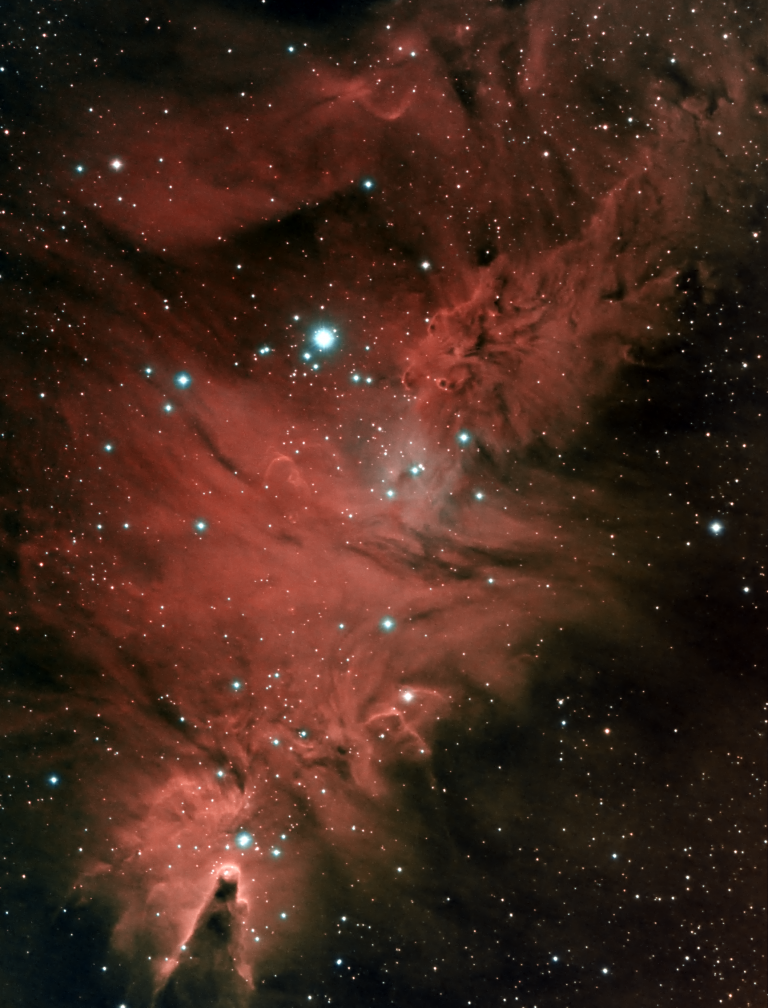
The Fox Fur Nebula (and more!)
I’ve wanted to image the “Fox Fur Nebula” for awhile now – it’s pretty obvious where it is in this image! Within the same field of view is the Cone Nebula (near the bottom.) It’s all an area of gas within the Christmas Tree Cluster, which is an open cluster of stars that kind of…

